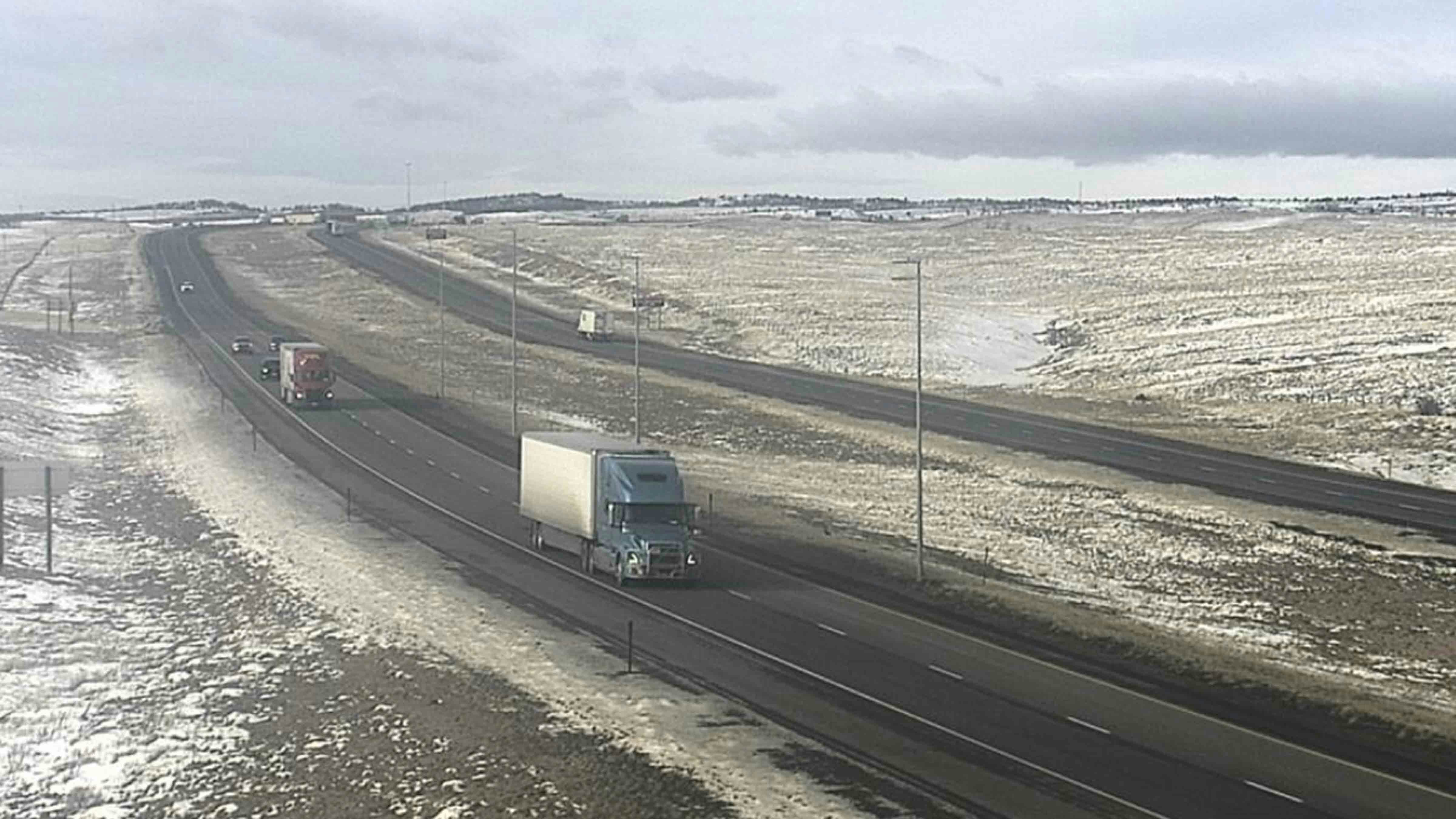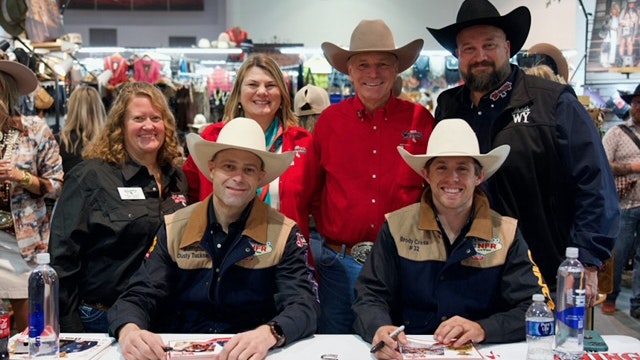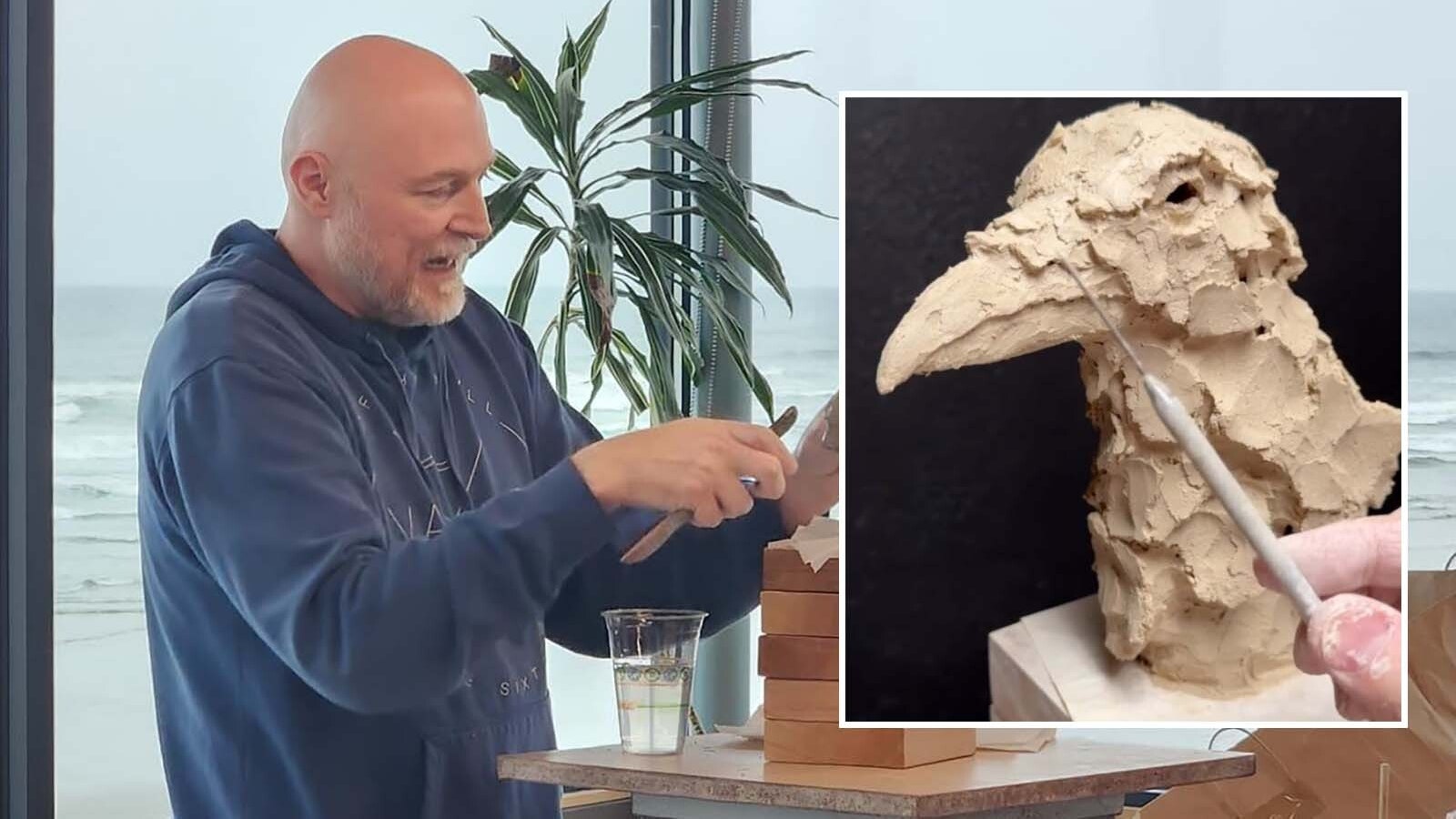He was the mayor of Casper, noted sheep man, a Wyoming state senator and a very wealthy guy.
For years, Joel J. Hurt was the portrait of success. He built a nice house and barn in Casper, became a spokesman for the sheep industry and was involved in several businesses, including owning the Wyoming Derrick newspaper for a short time.
But his home life was not as successful. There were times when he would show up to escort his wife, Henrietta “Ettie” Hurt, to a social event, then be gone for weeks, leaving her to care for their three boys and three girls.
“Hurt was always a good provider, I’ll say that for him,” Ettie was quoted in the San Francisco Examiner on July 12, 1898. “But he was so ugly tempered that whenever he was in our home, he made it so miserable we couldn’t enjoy what we had. He was nice enough to visitors but ugly to his own.”
During their marriage three years earlier in 1895, Ettie Hurt’s affections are alleged to have turned to a younger man. That man would receive three fatal bullets from Hurt’s revolver outside a Casper hotel April 3, 1895.
The brash killing made headlines across the nation.
“Shot Through The Heart,” the St. Louis Globe-Democrat headline read April 5, 1895. “Wyoming Ranchman Kills an Unwelcome Visitor to His Home.”
Newspapers across the plains carried the story of Hurt killing William Milne, 27, a fellow sheep man who had until a short time before his death kept sheep as part of a business deal with Hurt.
Hurt would be the focus of a very public murder trial, in which a jury deliberated for a whole five minutes before acquitting him.
The Man
Born in Missouri in 1843, Hurt reportedly hunted buffalo and antelope for the railroad and meat markets. He worked as a guard on the Overland Express in the 1860s, and by some accounts fought Indians.
He homesteaded a ranch in 1876 near Seminoe, where his wife would tell a San Francisco Examiner reporter in 1898 they were 18 miles “from any human being.”
Hurt’s name appeared in the Carbon County Journal on Nov. 6, 1880. He was “in town looking after the democracy.” In 1888, he reportedly trailed 3,000 head of sheep into Natrona County.
In 1889, Hurt and his family were mentioned in the Casper Weekly Mail’s April 26 edition as arriving in the city, and on June 21, the paper reported him shearing his flock of sheep using corrals and pens in Casper.
By 1890, the then-thriving sheep rancher moved to Casper. He soon built the largest house in the city on South Durbin Street. Frances Seely Webb, who published “Casper’s First Homes” in 1978, reported that their residence had a windmill in the backyard to supply water from a well and had the first real lawn in the city.
“The house had a full basement, living room, library or office, kitchen, dining room on the first floor with pantry and closets,” she wrote. “Bedrooms were on the second floor, and there was also an attic, a rarity in early day houses here.”
Ettie Hurt describe the house as having 13 rooms and “as comfortable as anyone could wish for.”
The indoor bathroom had the city’s first running water in the bathtub (it was cold water).
There were enough bedrooms for the family and an occasional boarder. When Milne started doing business with Hurt, he was invited to stay at the house when he was in town. The property also had a nice barn to keep the horses.

Busy Businessman
Early newspaper mentions of Hurt report him serving as judge of the Casper voting precinct and treasurer of the school board. In 1890, he ran for mayor of Casper on the Democratic ticket and lost. When the school district started, he bought all of the bonds.
But Hurt was away from home on business much of the time. In 1891, Ettie and the children traveled to Denver in late December where the older boys would attend school for the winter.
There are mentions of a sheep operation in Norfolk, Nebraska, where his wife went to care for him for 10 days when he had the “grippe” in 1892.
That same year he was elected to the Wyoming State Senate and re-elected in 1894.
In 1893, Hurt missed the holidays with his family but arrived back home in late January and took his wife to the Columbus Day ball.
But her bitterness toward him was apparently well in place by that time. Ettie Hurt told the San Francisco reporter in 1898 that her husband was “cruel.”
“I was like the other woman. I didn’t want folks to know. But the girls who worked for me — they knew what my life was,” she said. “But I stood it all for the children. I’d had killed him or myself long ago if it hadn’t been for them.”
In 1894, Hurt ran for mayor of Casper again and won. At some point, Milne’s visits to the Hurt household and time spent with Ettie Hurt became known in the community.
The Natrona Tribune on April 4, 1895, wrote that when Hurt learned of the affair “it drove him distracted.”
“He left his home and children last September on a plea of ill health, to the detriment of his peace of mind and business interests, returning only a week or two since,” the paper reported. “During all this interval, Milne has made Mr. Hart’s home his stopping place whenever in town, stabling his horses at the Hurt barn and taking his meals at the family table.
“And all this since Hurt’s agent settled the business relations between the two men.”
During Hurt’s subsequent trial, a boarder testified that on Thanksgiving eve 1894, Ettie Hurt retired early, saying she was going to write letters. Instead, the boarder heard her open a door and heard Milne’s voice, and alleged they entered Ettie Hart’s bedroom.
The Shooting
The day of the shooting, Milne had been at the Hurt house and had walked downtown. At around 9 p.m. the showdown happened.
“Hurt was on the look for him,” the Cheyenne Daily Sun reported April 6, 1895, in a story datelined Casper. “As Milne passed the Grand Central Hotel, Hurt stepped up behind him and said: ‘I want to see your face,’ and at the same time commenced firing. Three bullets entered the body of Milne, one passing through his heart. Milne was armed, but had no chance to defend himself.”
The story also characterized Ettie Hurt as a “pleasant little woman of 40 who has lots of warm friends. Many of Casper’s best citizens believed her innocent of any wrong intention, and this is probably the sentiment of the majority of people here. There seems to be no proof that she even did wrong but is a much sinned-against woman.”
Public sentiment was with Hurt.
Hurt was charged with Milne’s death and posted $5,000 bail.
On May 18, 1895, there was a trial in Natrona County District Court. Webel was among the witnesses as was Daisy Kennison, who worked at the home and quoted Ettie Hurt as saying, “No living woman is good enough for Billy Milne.”
Judge J. H. Hayford’s instructions to the jury as recorded by the Cheyenne Daily Sun on May 20, 1895, stated that “no matter what wrongs may have been suffered at the hands of Milne, the accused was not justified in becoming his slayer.”
But then the judge added: “But if you believe from the evidence that as a result of these wrongs and of brooding over them the defendant was wrought up in a condition of frenzy and emotional insanity which rendered him irresponsible for his acts, the defendant is entitled to a verdict of acquittal at your hands.”
Less the five minutes later the jury returned that verdict.
Casper historian Charlotte Babcock wrote about the Hurt scandal in papers at Casper College’s Western History Center and reported Hurt filed for a divorce May 30, 1895. The actual divorce happened in Cheyenne.
Ettie Hurt was awarded the house and custody of the girls. Hurt got custody of the boys.
Divorce And Pursuit
The divorce was final Sept. 29, 1896, but that was not the end of the story.
Ettie Hurt initially used the Casper residence as a boarding house, and one of the boarders who stayed there was a Lon Schaffer, who had spent time in prison. Ettie Hurt ended up marrying Schaffer.
Joel Hurt filed for custody of the girls in 1897, alleging Schaffer was a bad influence. The judge agreed and awarded custody of the girls to Hurt.
Ettie then sold the Casper home for $1,200 to a friend of her ex-husband’s and fled with her daughters. The man who bought the home sold it back to Joel Hurt, who had moved to Omaha, Nebraska.
Ettie, with her new husband and her girls, then went on a two-year odyssey of trying to elude Joel Hurt’s hired Pinkerton agency detectives, traveling to Colorado, Mexico and finally California in 1898.
Headlines in the San Francisco papers detailed the custody fight between the Hurts over the girls.
“I have always treated my children right and I shall fight to the bitter end before I let him have them,” Ettie was quoted in the San Francisco Call and Post on June 30, 1898.
On July 5, both Hurt and Lon Schaffer happened to enter the sheriff’s office, and Schaffer pulled a gun on Hurt, who had stopped by the office to leave a message for his children.
Schaffer would say he thought he saw Hurt reach for his revolver. A deputy named White grabbed Schaffer’s pistol and throat. He was arrested changed with attempted murder.
On July 11, an Oakland, California, judge heard testimony on the custody case and Hurt was reported in the July 12 edition of the San Francisco Examiner as stating that his new home in Omaha was waiting for the girls and his ex-wife as well.
“The happiest day of my life will be when I see her in the house with the children,” he reportedly testified.
The Ruling
Following testimony, the judge ruled that neither parent would have custody of the girls and put them under the care of the state with Ettie having the privilege of visiting them at any time at a foster parent’s home. Hurt was ordered to pay for their needs.
Days later, charges were dismissed against Lon Schaffer because the deputy who witnessed him pulling the gun on Hurt died before he could go to trial. Schaffer vowed to leave Ettie so that she could get the children back. Hurt sent him a telegram message from Ogden, Utah, that was published in The San Francisco Examiner on July 23, 1898.
“If they turn you loose, go and live with your wife, and if they arrest you, sue them for fifty thousand. J. J. Hurt, Train No. 3.”
Ettie Schaffer called the telegram typical of her ex-husband.
“He had done that sort of thing for years,” she said as reported in Examiner. “Only a few days ago he was fighting bitterly to get my little girls away from me, claiming that his contest was not against me but against Mr. Schaffer. Now, he tells my husband to come back to me and live with me.”
Lon Schaffer told the newspaper he was going to go pack his stuff and head for the Klondike so “no one can say I am injuring Mrs. Schaffer’s opportunity to keep near the children she loves.”
In September, Ettie regained possession of the girls because Hurt refused to continue to pay for their expenses and their foster mother had become ill.
Sheep Sale
The strangeness of Hurt’s life continued the following year. He would sell 1,500 breeding ewes to James Milne and H.L. Patton, according to the Oct. 12, 1899, edition of the Natrona County Tribune. That James Milne had to be either William Milne’s father or brother.
The businessman and acquitted gunman married Ellen “Ella” Donnelly in 1903. They would have two daughters together, their last when he was 65 years old.
Hurt died June 12, 1919, at age 75 and is buried in St. Mary’s Cemetery in Omaha, Nebraska.
Ettie Schaffer’s life faded from headlines following the very public custody fight for her daughters. She is buried in Mountain View Cemetery in Pocatello, Idaho, as Henrietta Hurt. She died May 4, 1919.
Dale Killingbeck can be reached at dale@cowboystatedaily.com.










